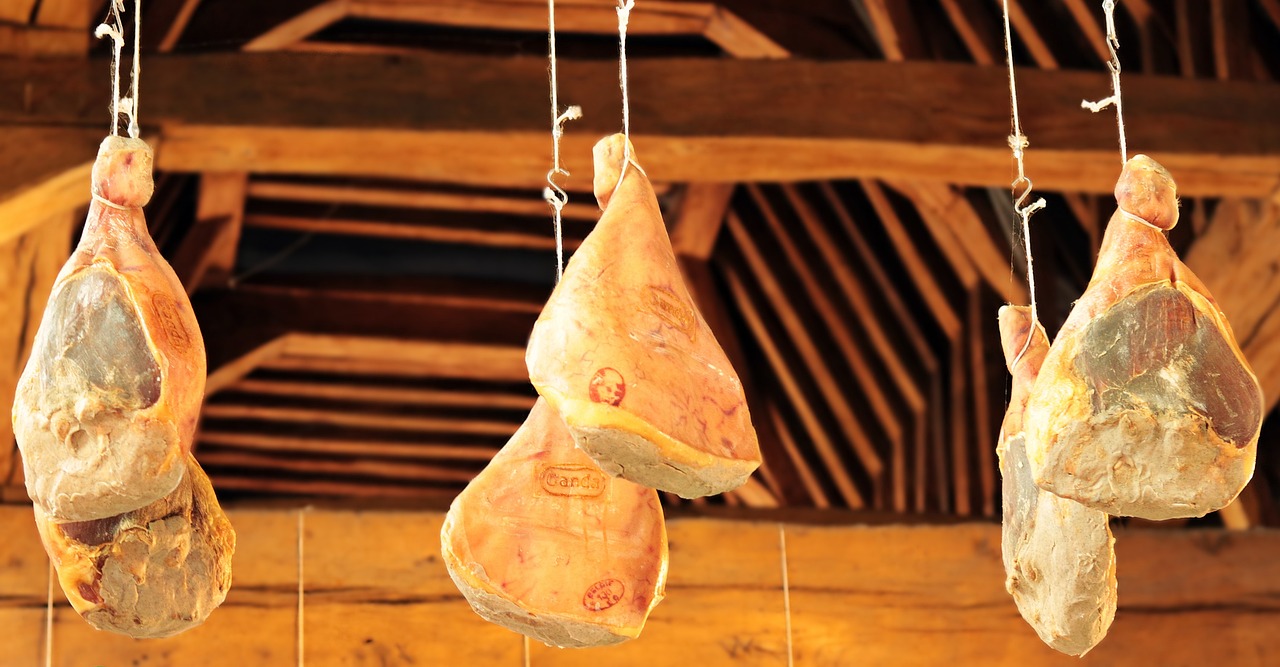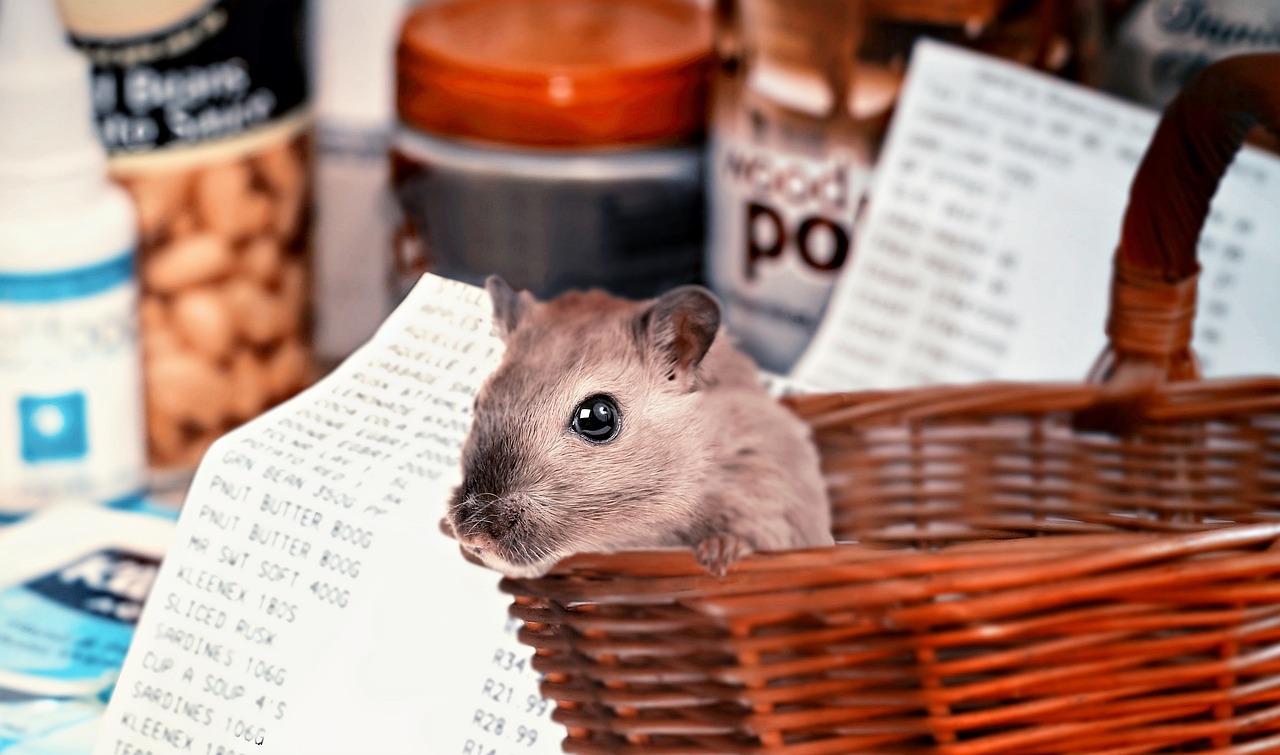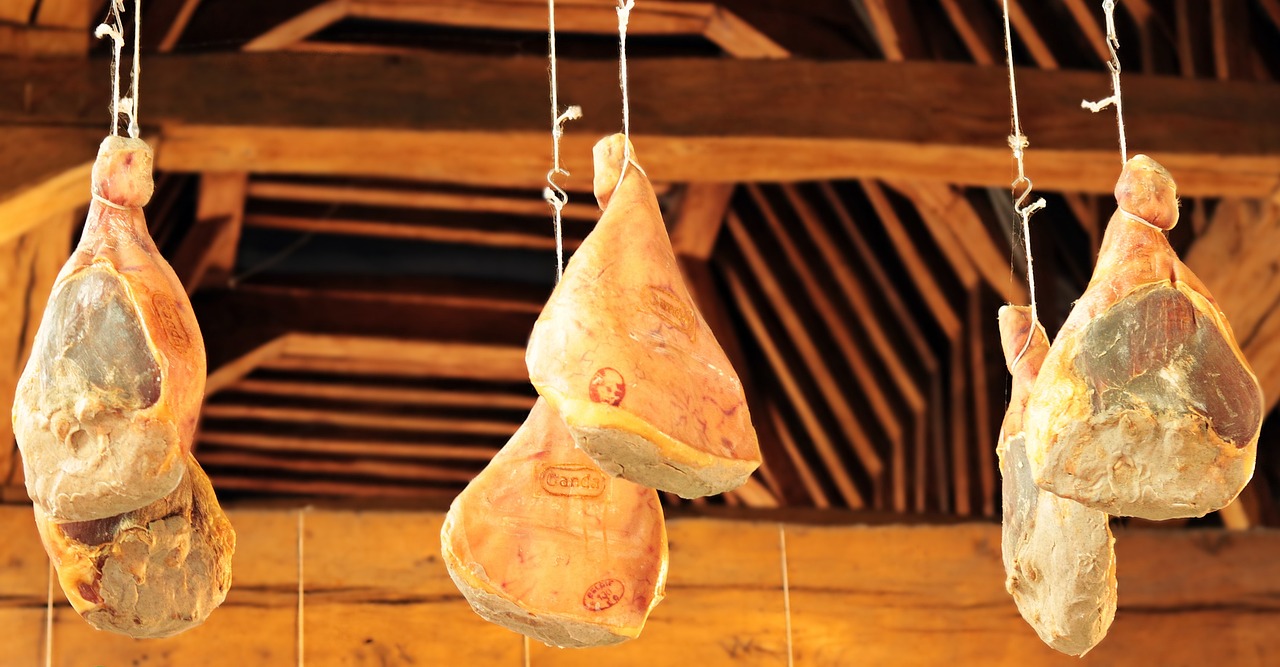Are you looking to prioritize your well-being while still savoring delicious meals? Look no further than Tastepan’s collection of nutritious recipes. With a focus on healthy eating that doesn’t compromise on taste, Tastepan provides expert advice, dietary tips, and wholesome meal ideas. One aspect that plays a crucial role in maintaining the nutritional value of food is food preservation. In this article, we will explore the science behind food preservation, including various techniques and tips to help you make the most of your meals. Get ready to nourish your body without sacrificing flavor!

Understanding Food Preservation
Food preservation is the process of extending the shelf life of food by preventing or inhibiting the growth of bacteria, yeasts, molds, and other microorganisms that cause spoilage. It involves various techniques and methods that help to maintain the freshness, flavor, and nutritional value of food for an extended period of time.
The Importance of Food Preservation
Food preservation plays a crucial role in ensuring food security by preventing wastage and preserving the availability of food during times of scarcity. It helps to reduce foodborne illnesses by inhibiting the growth of harmful microorganisms. Additionally, food preservation allows for the enjoyment of seasonal produce throughout the year and provides the opportunity to create unique flavors through techniques like fermentation and pickling.

Factors that Contribute to Food Spoilage
Understanding the factors that contribute to food spoilage is essential in effectively preserving food. Some of the key factors include temperature, moisture content, pH level, oxygen availability, and the presence of enzymes. These factors can accelerate the growth of microorganisms, causing food to spoil more quickly. By controlling these factors, food preservation methods can effectively slow down the spoilage process and extend the shelf life of food.
Types of Food Preservation Methods
There are various methods employed for food preservation, each with its own unique advantages and limitations. Some of the common techniques include canning and jarring, freezing and dehydration, salting and smoking, pickling and fermentation, and vacuum packaging. Each method offers different benefits and is suitable for preserving specific types of food. Let’s explore each method in more detail.

Canning and Jarring
Canning and jarring are popular methods of food preservation that involve sealing food in airtight containers, such as jars or cans. This helps to prevent the growth of spoilage-causing microorganisms and thus extends the shelf life of the food. The canning process typically involves heat treatment to destroy bacteria and enzymes, while jarring often includes the use of acidic solutions to create an inhospitable environment for microorganisms.
When considering canning and jarring, it is important to choose the right types of jars and containers. Glass jars are commonly used due to their impermeability to oxygen and moisture. Safety precautions, such as sterilizing jars and properly sealing them, should also be followed to ensure the preservation of food. Additionally, following tips and guidelines for successful canning, such as using fresh ingredients and adjusting processing times based on altitude, can greatly enhance the effectiveness of this preservation method.
Freezing and Dehydration
Freezing and dehydration are effective methods of food preservation that involve reducing moisture content in the food. Freezing helps to preserve food by creating an extremely cold environment that inhibits the growth of microorganisms. Dehydration, on the other hand, involves removing moisture from the food, thereby limiting the availability of water required for microbial growth. Both methods can be used for preserving a wide range of foods, including fruits, vegetables, meat, and grains.
To ensure successful freezing, it is important to follow proper techniques and tips. This includes packaging the food in airtight containers or freezer bags to prevent dehydration and freezer burn. Labeling the packages with the date and contents can help maintain organization and prevent confusion. Dehydration methods include air drying, sun drying, and using specialized equipment like dehydrators. Guidelines for dehydration, such as properly preparing the food and monitoring the drying process, should be followed for optimal results.
Salting and Smoking
Salting and smoking are techniques that have been used for centuries to preserve food. Salting involves the application of salt to the food, which draws out moisture and inhibits the growth of microorganisms. This can be done through dry salting or brining. Smoking, on the other hand, involves exposing the food to smoke from burning wood or other materials. The smoke acts as a barrier, inhibiting the growth of bacteria while also adding flavor to the food.
Popular salt curing techniques include curing meats like bacon or ham, as well as fermenting vegetables like sauerkraut. Smoking techniques can vary based on the type of food and desired flavor, with options ranging from cold smoking to hot smoking. When using these methods, it is important to consider food safety considerations, such as using food-grade salt, proper storage temperatures, and avoiding excessive salt or smoke exposure.
Pickling and Fermentation
Pickling and fermentation are preservation methods that involve the use of acidic or fermented solutions to preserve food. Pickling typically involves immersing food in a brine solution made of vinegar, water, and spices. The acidic environment inhibits the growth of spoilage organisms and enhances the flavors of the food. Fermentation, on the other hand, is a natural preservation process that involves the breakdown of carbohydrates by microorganisms, such as bacteria or yeast, resulting in the production of acids and carbon dioxide.
Different pickling methods, such as quick pickling or lacto-fermentation, offer a variety of flavors and textures. Experimenting with different pickling recipes can help create unique and interesting preserved foods. Fermentation is commonly used for preserving foods like kimchi, sauerkraut, and kombucha. The process of fermentation not only preserves the food but also enhances its nutritional value by increasing the bioavailability of certain nutrients.
Vacuum Packaging
Vacuum packaging is a popular method of food preservation that involves removing air from the packaging to create a vacuum. This helps to inhibit the growth of spoilage microorganisms by reducing oxygen availability. Vacuum sealing is commonly used for preserving a wide range of foods, including meat, fish, fruits, and vegetables.
Using vacuum packaging requires the right equipment, such as a vacuum sealer, as well as the appropriate packaging materials, such as vacuum bags or containers. It is important to follow proper techniques for vacuum sealing to ensure the effectiveness of this preservation method. While vacuum packaging offers numerous benefits, such as extended shelf life and reduced freezer burn, it does have some limitations, such as not being suitable for all types of food.
Preserving Specific Foods
Preserving fruits and vegetables can be achieved through various techniques such as canning, freezing, dehydration, and pickling. Canning allows for the preservation of fruits and vegetables in the form of jams, jellies, or canned fruits and vegetables. Freezing is commonly used for preserving fruits and vegetables by blanching them before freezing to retain their color and texture. Dehydration is ideal for preserving fruits and vegetables to create dried snacks or ingredients for cooking and baking. Pickling offers a unique flavor profile and texture for preserved fruits and vegetables.
Preserving meat and fish can be done through techniques like canning, freezing, salting, smoking, and vacuum packaging. Canning meats and fish can result in flavorful and convenient canned products. Freezing is a popular method as it helps to preserve the quality and texture of meat and fish. Salting preserves meats through the process of curing, while smoking adds unique flavors and enhances preservation. Vacuum packaging helps to extend the shelf life of meats and fish by inhibiting the growth of bacteria.
Preserving dairy products can be achieved through freezing or dehydrating. Freezing dairy products like milk, cheese, or yogurt can help to retain their quality and allow for longer storage. Dehydrating dairy products can be done to create powdered forms for longer shelf life and convenience.
Preserving baked goods and grains can be achieved through freezing, dehydration, or vacuum packaging. Freezing baked goods can help maintain their freshness and texture. Dehydrating baked goods or grains can be done to create long-lasting snacks or ingredients. Vacuum packaging is a suitable method for preserving baked goods and grains, helping to maintain their quality and reduce the risk of spoilage.
Food Safety and Shelf Life
Proper food safety is crucial when it comes to food preservation. Understanding the risks associated with foodborne illnesses and taking necessary precautions is essential. It is important to follow guidelines for safe food preservation, such as using sterilized equipment, maintaining proper storage temperatures, and monitoring the condition of preserved foods. This helps to minimize the risk of foodborne pathogens and ensure the safety of stored food.
Determining the shelf life of preserved foods can be challenging, as it depends on various factors such as the preservation method used, the type of food being preserved, and storage conditions. It is recommended to label preserved foods with the date of preservation to keep track of their freshness. It is also important to be aware of signs of food spoilage, such as changes in color, texture, or smell, and to discard any preserved items that show these signs.
Conclusion
In conclusion, understanding the science behind food preservation is essential for ensuring the availability of safe and nutritious food throughout the year. By utilizing various preservation methods, such as canning, freezing, salting, pickling, fermentation, and vacuum packaging, it is possible to extend the shelf life of food and create unique flavors and textures.
Preserving your own food offers numerous benefits, including greater control over the ingredients and flavors of the preserved items. By incorporating preserved foods into your meals, you can enjoy the taste of seasonal produce year-round and reduce food waste. With proper techniques and guidelines, anyone can master the art of food preservation and enjoy the benefits of wholesome and flavorful preserved foods.

